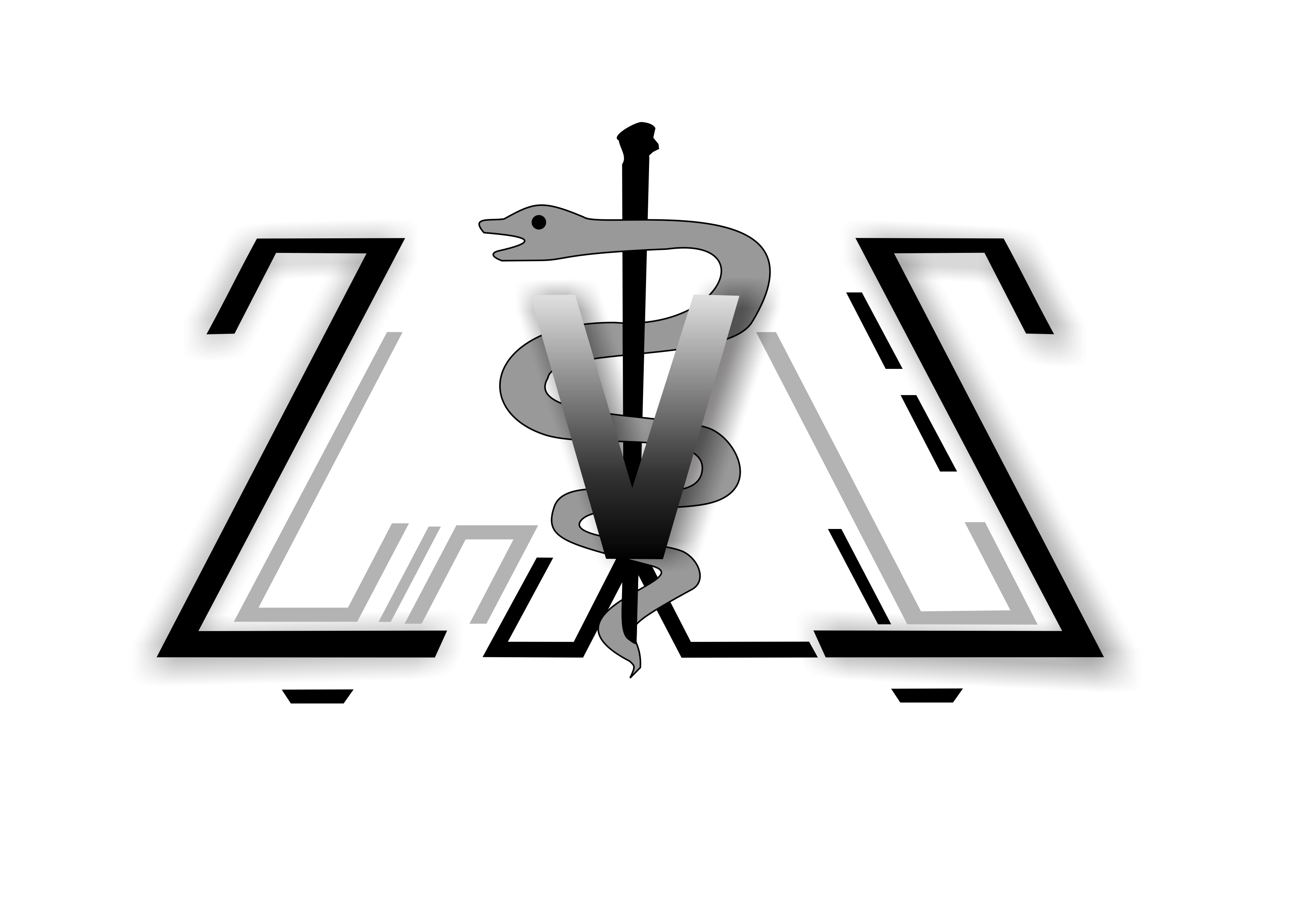In vivo assessment of simultaneous G1 cyclins silencing by a tumor-specific bidirectional promoter on the mammary tumor in nude mice
Q1/Impact Factor: 3.471
Gholamreza Mesbah1*,  Fatemeh Namazi1*,
Fatemeh Namazi1*,  Fatemeh T. Shamsabadi2,
Fatemeh T. Shamsabadi2,  Zahra Maleki2
Zahra Maleki2
*Mehrab Nasirikenari3 and 
Abstract
Dysregulation of G1 cyclins (cyclins D1 and E) expression contributes to the loss of standard cell cycle control during tumorigenesis. This study aims to evaluate the inhibitory effect of G1 cyclins in nude mice. The human breast cancer MDA-MB-231 cells were subcutaneously transplanted into the supra-femoral right side of female Balb/c-nude mice. The dual shRNA vector harboring G1 cyclins shRNAs (bipSUR) was intratumorally injected by the in vivo jetPEI transfection reagent for 2 weeks. We have evaluated tumor growth and tumor weight as parameters of tumor progression. Finally, necropsy, histopathological analysis, and immunodetection of G1 cyclins were assessed. Also, apoptosis induction in tumor tissues was evaluated by TUNEL assay. No toxicity and metastasis was observed in the tumor-bearing mice treated by the bipSUR. Tumor weight and volume were significantly lower in the bipSUR treated mice than untreated tumor-bearing mice and control. Histopathological observations revealed more apoptotic foci and lower mitotic cells in tumor sections in the treated mice than in control groups. A significant reduction of G1 cyclins at the protein level was indicated in the bipSUR treated mice than in other groups. Apoptosis in tumor tissues was remarkably induced in response to the bipSUR (42.53%). The bipSUR reduced the protein expression of G1 cyclins and exhibited an inhibitory effect on MDA-MB-231 xenograft mice through apoptosis induction. Further research is demanded to identify the protein partners of G1 cyclins involved in the cancer pathways. These may offer new insight into the biomedical function of G1 cyclins in breast cancer progression.
برای مطالعه و دانلود متن کامل این مقاله علمی، می توانید از لینک زیر استفاده کنید:
https://www.frontiersin.org/articles/10.3389/fvets.2022.914311/full


